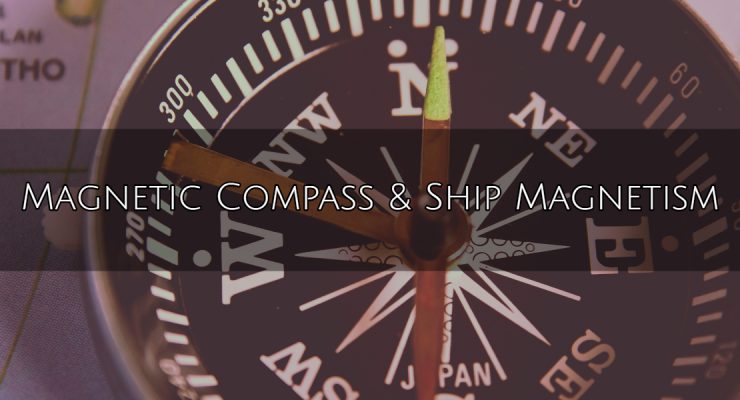The Ship’s Magnetic Compass The principle of the present day magnetic compass is in no way different from that of the compass used by the ancients. It consists of a magnetised needle, or array of needles pivoted so that rotation is in a horizontal plane.The superiority of the present day ship’s compass results from :better knowledge of the laws of magnetism which govern the behaviour of the compass, greater precision in the construction of compass & binnacle including correctors, better means to control damping of the compass needle.A properly adjusted ship’s compass … [Read more...]
